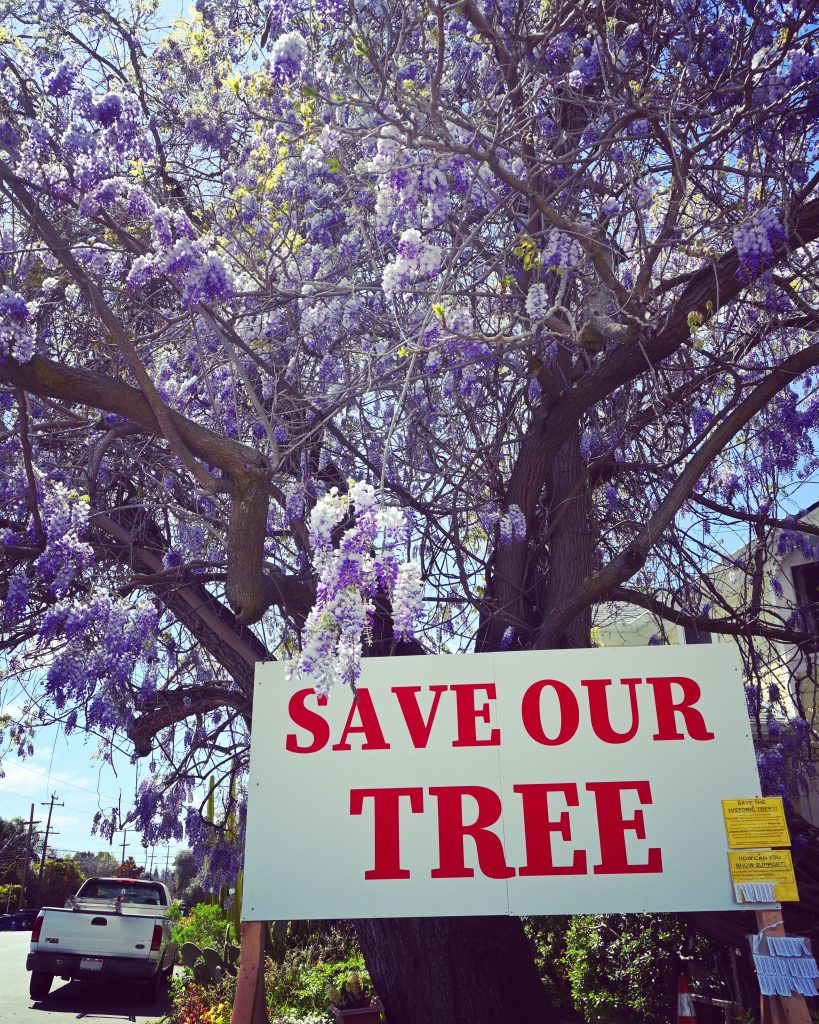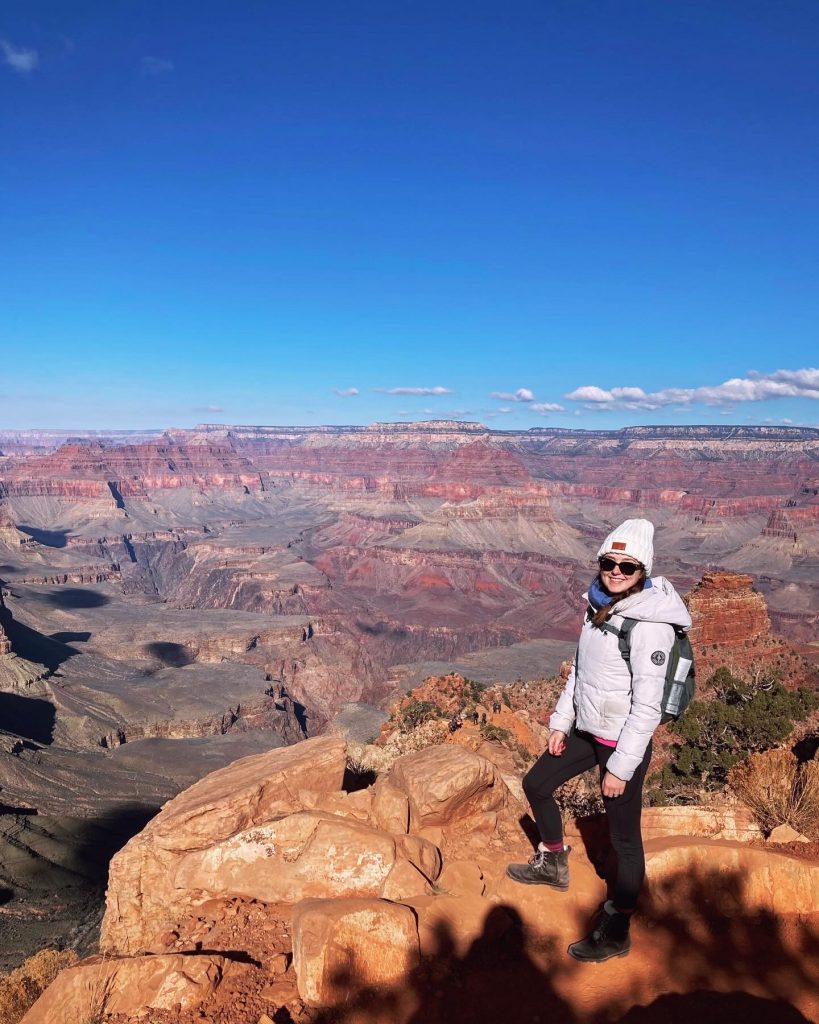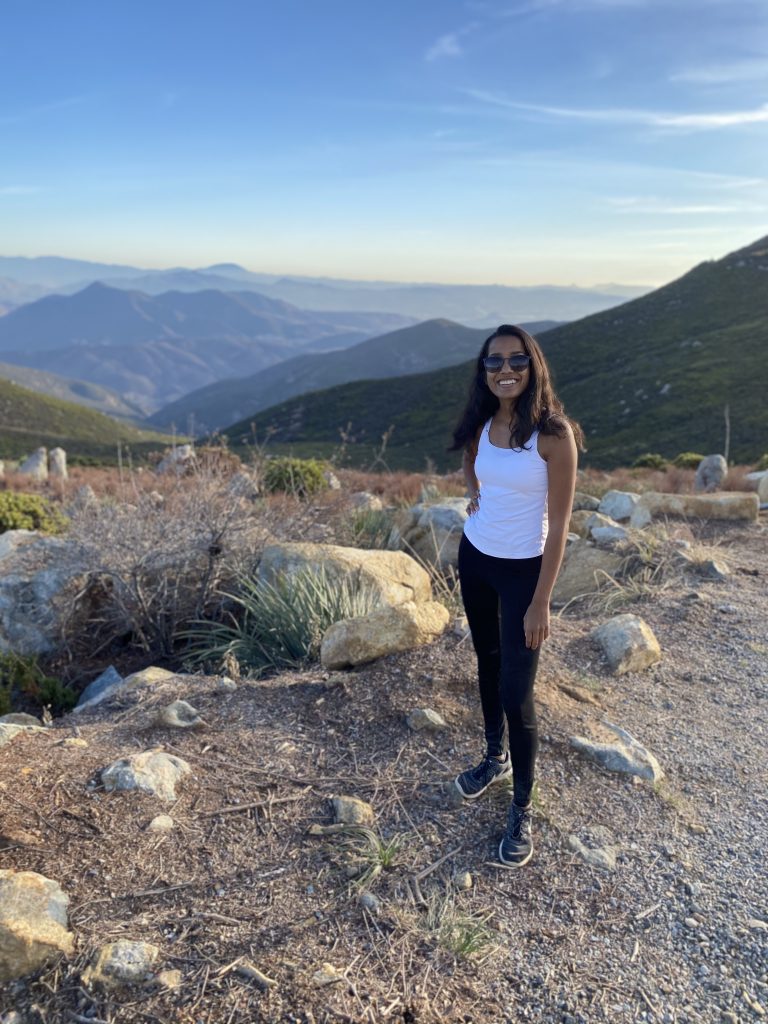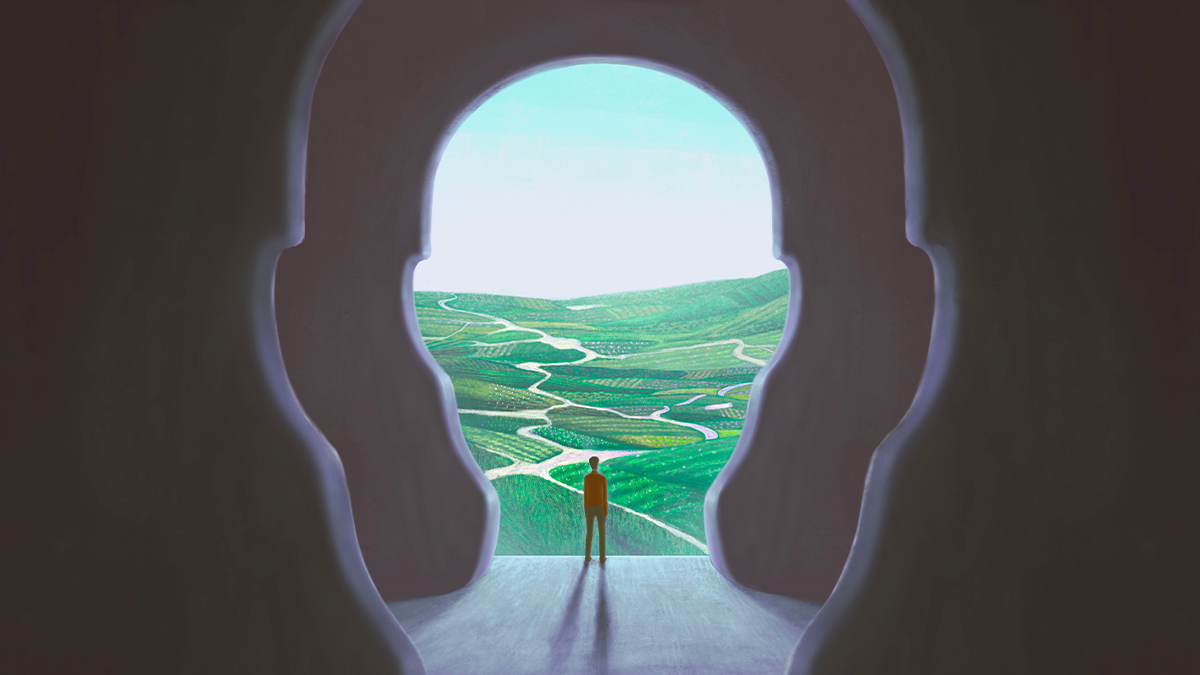Climate concerns: Personal advice on how to navigate eco-anxiety
We’ve all seen the headlines in the news focusing on wildfires, floods, droughts, and hurricanes. For those of us who care deeply about the health of our planet, it’s hard not to be concerned about the consequences of climate change.
According to the American Psychological Association (APA), “eco-anxiety” refers to “anxiety or worry about climate change and its effects.” May is Mental Health Awareness Month, and in honor of that, I decided it was timely to reflect on this issue.

Working in the field of environmental sustainability, these feelings can crop up due to my exposure to the realities around climate change. So, what do I do to cope? First, I educate myself. I know that tackling climate change will take a collaborative effort, and the more I know about these efforts and innovations, the more excited I feel about what can be accomplished.
And, secondly, I believe that small steps can make a difference. Let me share one example of this I saw on the community level. Walking in a nearby neighborhood, I saw a large sign that caught my attention: “Save Our Tree.” First, I was struck by the word “our” because residents saw a responsibility for the future of this tree. The tree is large and has a long history with the people who live nearby. The city planned to remove the tree because they felt it might impose a risk due to its proximity to the sidewalk.
This story has a happy ending, though. The city found an alternative solution after residents formed a movement and encouraged others to petition government officials. This small win gave me some hope, and I saw the power that individuals can have when they work together.
But that’s my own perspective. I decided to ask some of my colleagues also working in the field of environmental sustainability at Cisco´s Chief Sustainability Office how they are coping as well, and this is what they had to share:
Hyelom Love

“Eco-anxiety can be daunting, but there’s real power in focusing on the things we can control. First off, every choice, from the food we eat to the clothes we wear, matters. It’s about asking ourselves what we really need versus what’s just a passing want. This approach is good for the health of the planet and also kind to your bank account. It’s about making decisions that resonate with both our values and practicality.
Keeping up with environmental news and breakthroughs is another way to stay proactive. It’s not just about doom-scrolling through climate headlines; it’s also about understanding the strides we’re making in science and policy. This knowledge is key when engaging with those who are willing to step up. Together, we can shape the future we want to see—a more sustainable one with leaders who are ready to act.
Lastly, there’s something inherently grounding about spending time outdoors. Whether you’re cycling, playing soccer, or getting your hands dirty in the local community garden, these activities bring us closer to the very environment we’re striving to protect. Each moment spent under the open sky is a gentle nudge, a reminder of the planet’s beauty and our role in preserving it. The more we engage with the outdoors, the stronger our commitment to safeguarding it becomes.
By zeroing in on these three aspects—thoughtful consumption, staying informed and engaging with others, and connecting with nature—we can address our eco-anxiety with intention and clarity. It’s a balanced approach that allows us to face environmental challenges head-on, with a sense of purpose and hope.”
Natalie Stubb

“As someone who works closely on net zero strategies, I am often confronted with some of the brutal realities of what climate science predicts can happen without meaningful greenhouse gas emissions reductions across all sectors in a relatively short period of time. Eco-anxiety is tricky because while I understand the work that needs to be done both at a corporate level and in my personal life, it can sometimes feel insurmountable. On top of this, the news cycle often likes to highlight alarming climate events and showcase negative climate viewpoints.
It’s easy to fall into a negative thought spiral about the way things could go if we, as a society, don’t make some drastic changes. I try to focus on what I can control and look for opportunities to reconnect with nature.
At work, it’s helpful to remember that sustainability is good for the business, and good for the world. An increase in global renewable energy resources can create new jobs, open up new areas of scientific research, and reduce pollution. A demand for products that last longer and can be recycled can reduce waste, allow us to be creative with our designs, and give us all a little more financial freedom.
Outside of work, I’ve been engaging in outdoor hobbies that remind me of the reasons that this work matters. To me this looks like finding something to be grateful for on my daily walk with my husband, spending time in my small garden where I’m learning to grow native herbs and vegetables, and taking advantage of Cisco’s Time2Give program to volunteer at the local farmer’s market and engage with others who care about sustainability.”
Sneha Balasubramanian

“As someone deeply engaged with the climate crisis throughout my life, I feel the weight of its implications on a personal level. Recognizing the long journey ahead, I’ve found success in practicing a few strategies to deal with eco-anxiety.
- Work on things incrementally. I set realistic goals for myself with the recognition that I alone cannot enable transformational change overnight. I recognize my sphere of control and try to be an effective changemaker with the access and tools at my disposal.
- Stay connected with close friends and family. I maintain strong relationships with those from whom I can learn, gain perspective, and share my insights with to avoid feeling overwhelmed and isolated.
- Build a community of people with similar interests. In my journey across the world, I’ve looked for like-minded folks to find a shared understanding and a pool of resources to inspire my outlook.
- Find interests outside this space to maintain a sense of balance. I’ve found it valuable to maintain and develop connections with individuals and activities outside the climate space to provide perspective.
- Set reasonable expectations of myself. I have learned to accept that there are certain things, like flying across the world to meet my parents, that I cannot do away with. I work with a list of necessities and nice-to-haves that are conducive to my circumstances and way of life.
With these strategies, I work towards maintaining a balance between my exposure to information, actions I take, and my inner equilibrium.”
These different tips on how to cope with eco-anxiety also happen to tie back to research-validated resilience strategies, including the power of human connection and spending time in nature. Interested in defining and creating your own habits and practices? The first small steps can include talking to others, and spending some time outside surrounded by nature.
Share:

